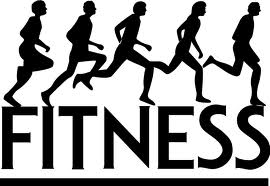Physical Activity Guidelines for Americans
By Reed Mangels, PhD, RD
Did you ever wonder how much exercise you should get? The U.S. government has an answer for you. Similar to the Dietary Guidelines for Americans, the U.S. Department of Health and Human Services produces Physical Activity Guidelines for Americans. This useful publication was last updated in 2018 and offers specific recommendations for physical activity for those age 3 years and older.
Regular physical activity, in adults, is associated with a lower risk of heart disease, high blood pressure, type 2 diabetes, some cancers, depression, anxiety, and dementia. In children and teens, regular physical activity is associated with better bone and heart health and with a reduced risk of depression.
Some activity is better than little or none. The physical activity guidelines include a website that allows you to develop a plan for physical activity and that features tips on getting more active.
Here’s an example of recommendations for adults:
“For substantial health benefits, adults should do at least 150 minutes to 300 minutes a week of moderate-intensity or 75 minutes to 150 minutes a week of vigorous-intensity aerobic activity, or an equivalent combination of moderate- and vigorous-intensity aerobic activity.” Muscle strengthening activities should be done at least twice a week. Older adults should also do balance training (1).
Examples of moderate-intensity activity include any activity that increases your heart rate such as walking briskly or raking leaves. Vigorous-intensity activities include jogging or running, shoveling snow, or participating in a strenuous fitness class. Muscle strengthening activities include weight training, pull-ups, and push-ups.
This report is filled with useful ideas for increasing activity.
Reference
1. U.S. Department of Health and Human Services. Physical Activity Guidelines for Americans, 2nd edition. 2018. https://health.gov/sites/default/files/2019-09/Physical_Activity_Guidelines_2nd_edition.pdf

